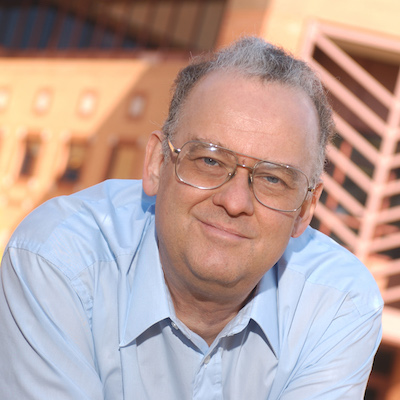Ralph Merkle

He is interested in molecular manufacturing. The central objective of molecular manufacturing is the design, modeling, and manufacture of systems that can inexpensively fabricate most products that can be specified in molecular detail. This would include, for example, molecular logic elements connected in complex patterns to form molecular computers, molecular robotic arms or Stewart platforms (e.g., positional devices) able to position individual atoms or clusters of atoms under programmatic control (useful if we wish to make molecular computers and other molecular manufacturing systems), and a wide range of other molecular devices. A central concept for achieving low cost in molecular manufacturing is that of massive parallelism, either by self replicating manufacturing systems or convergent assembly. Such systems are today theoretical, but should revolutionize 21st century manufacturing. The marginal manufacturing costs for such systems should be quite small, although initial R&D costs might be quite high. I served for several years as an executive editor of the journal Nanotechnology. I chaired both the Fourth and Fifth Foresight Conferences on Molecular Nanotechnology; and won the 1998 Feynman Prize in Nanotechnology for theory. Robert Freitas and I have formed the Nanofactory Collaboration.
He also has a broad interest in computer security and a particular interest in cryptography, having co-invented public key cryptography (for which I received the ACM Kanellakis Award, the IEEE Kobayashi Award, the RSA Award in Mathematics, the IEEE Hamming Medal (see Stanford's article), was inducted into the National Inventors Hall of Fame, was named an IACR Fellow and a Fellow of the Computer History Museum).
He also has a broad interest in computer security and a particular interest in cryptography, having co-invented public key cryptography (for which I received the ACM Kanellakis Award, the IEEE Kobayashi Award, the RSA Award in Mathematics, the IEEE Hamming Medal (see Stanford's article), was inducted into the National Inventors Hall of Fame, was named an IACR Fellow and a Fellow of the Computer History Museum).